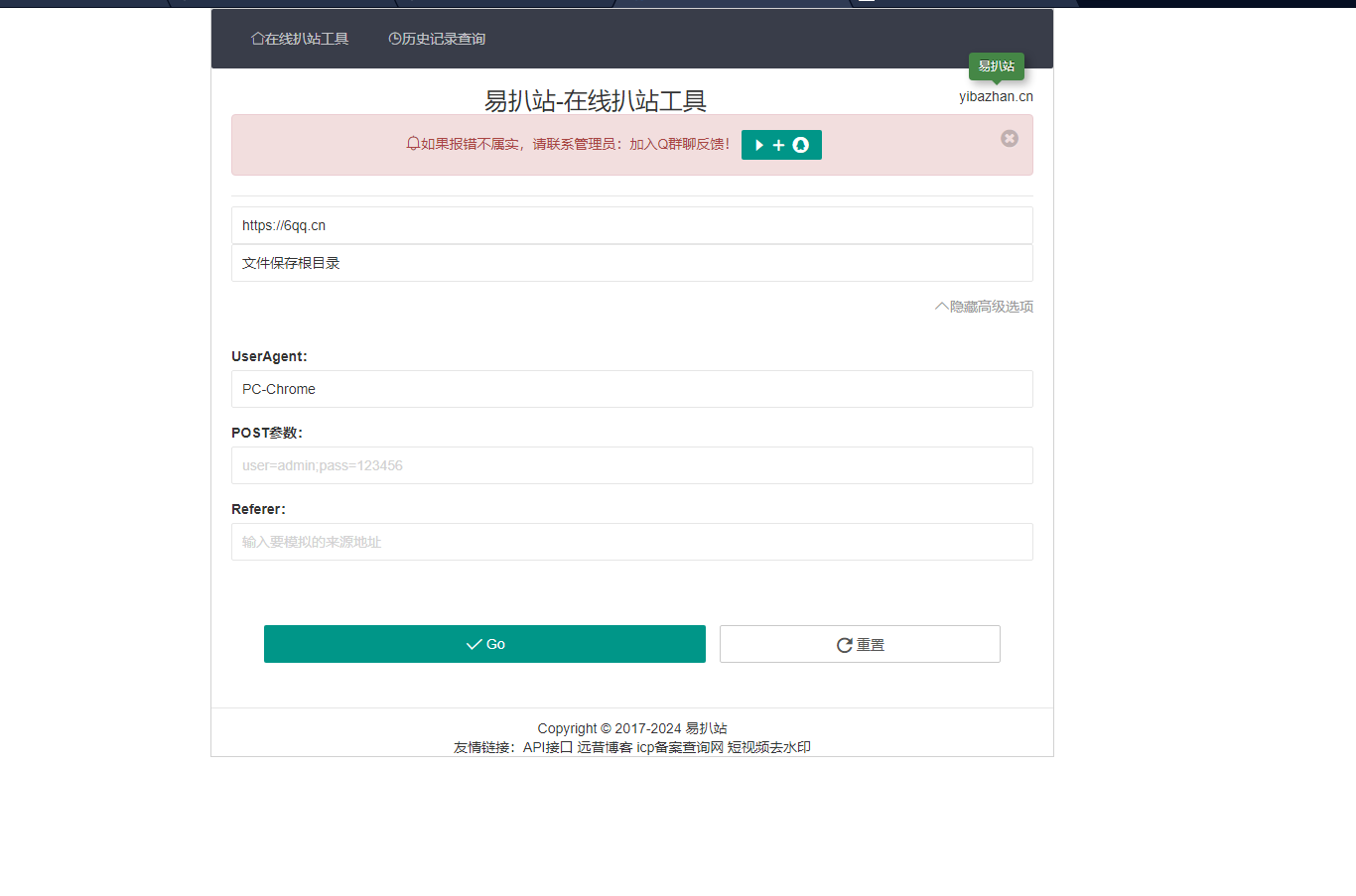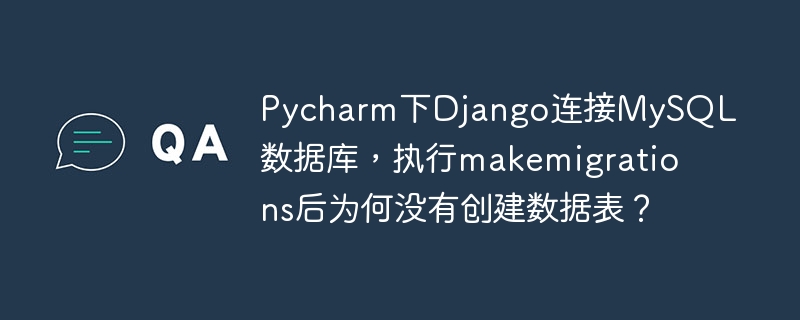
簡介
在Laravel中,數據遷移是一個非常重要的概念,用于管理數據庫表結構和數據的變化。通常情況下,我們會通過遷移文件來創建、修改和刪除數據庫的表和字段。然而,在某些情況下,我們可能需要在數據遷移期間執行一些額外的操作。這時,中間件就可以派上用場了。本文將介紹在Laravel中如何使用中間件進行數據遷移,并提供詳細的代碼示例。
步驟一:創建遷移文件
首先,我們需要創建一個遷移文件,用于定義需要進行數據遷移的數據庫表和字段。通過運行以下命令,在Laravel項目的終端中創建一個遷移文件:
php artisan make:migration create_users_table
這將在 database/migrations 文件夾下創建一個名為 create_users_table.php 的遷移文件。打開該文件,我們可以看到如下代碼:
<?php use IlluminateDatabaseMigrationsMigration; use IlluminateDatabaseSchemaBlueprint; use IlluminateSupportFacadesSchema; class CreateUsersTable extends Migration { public function up() { Schema::create('users', function (Blueprint $table) { $table->id(); $table->string('name'); $table->string('email')->unique(); $table->timestamps(); }); } public function down() { Schema::dropIfExists('users'); } }
在 up 方法中,我們使用 Schema 類來創建 users 表,定義了 id、name、email 和 timestamps 字段。在 down 方法中,我們使用 Schema 類刪除 users 表。
步驟二:創建中間件
接下來,我們需要創建一個中間件類,用于在數據遷移期間執行額外的操作。通過運行以下命令,在Laravel項目的終端中創建一個中間件文件:
php artisan make:middleware MigrateMiddleware
這將在 app/http/Middleware 文件夾下創建一個名為 MigrateMiddleware.php 的中間件文件。打開該文件,我們可以看到如下代碼:
<?php namespace AppHttpMiddleware; use Closure; class MigrateMiddleware { public function handle($request, Closure $next) { // 在數據遷移期間執行的額外操作,例如導入初始數據等 return $next($request); } }
在 handle 方法中,我們可以執行在數據遷移期間需要進行的額外操作,例如導入初始數據等。
步驟三:注冊中間件
接下來,我們需要將中間件注冊到Laravel應用程序中。打開 app/Http/Kernel.php 文件,在 $routeMiddleware 數組中添加以下代碼:
protected $routeMiddleware = [ // 其他中間件... 'migrate' => AppHttpMiddlewareMigrateMiddleware::class, ];
此處,我們將中間件命名為 migrate,并將其指向 AppHttpMiddlewareMigrateMiddleware 類。
步驟四:使用中間件進行數據遷移
現在,我們可以在遷移文件中使用中間件來執行額外的操作了。打開 create_users_table.php 遷移文件,并在 up 方法中添加以下代碼:
public function up() { Schema::create('users', function (Blueprint $table) { $table->id(); $table->string('name'); $table->string('email')->unique(); $table->timestamps(); }); if (app()->runningInConsole()) { $this->call('migrate'); } }
此處,我們在 up 方法中使用 app()->runningInConsole() 來判斷當前是否在命令行中運行。如果是,則調用 migrate 命令,從而執行 MigrateMiddleware 中間件的操作。
步驟五:運行遷移命令
最后,我們需要運行遷移命令來執行數據遷移。在Laravel項目的終端中運行以下命令:
php artisan migrate
這將創建 users 表,并根據定義的字段創建相應的數據庫表結構。
總結
通過創建中間件,我們可以在Laravel中進行數據遷移期間執行額外的操作。本文提供了詳細的步驟和代碼示例,希望能夠幫助你更好地理解和使用中間件進行數據遷移。祝你在Laravel開發中取得成功!



















